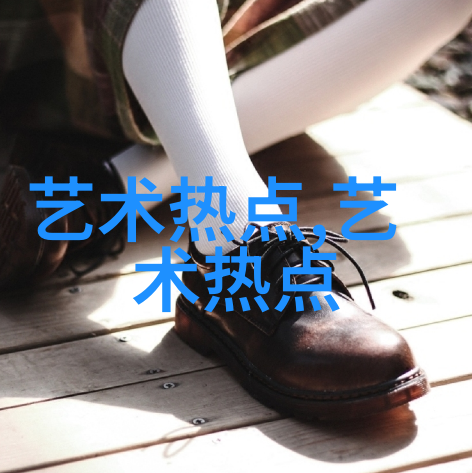美术教育专业绘彩中国画新篇章我眼中的当代艺术风貌
当代中国画之我见:美术教育专业绘彩新篇章

传统中国画已步入穷途末路,但这并不意味着它即将消亡。相反,正是在这种危机中,中国画迎来了新的生机与创造力。当代中国画家所面临的苦恼、迷惘、反思和深思,不仅折射出历史演变的特点,也是对艺术本身发展的一次重大考验。
传统中国画作为封建意识形态的一部分,其根植于一个封闭社会里。从孔夫子到孙中山,这一时期的社会保持了惊人的稳定性,这种稳定性深刻地影响了艺术的发展。尽管如此,从形式到内容,中国画在形成、发展至没落过程中基本上保持着与社会平衡的进程,没有出现大幅度突变或飞跃。

早期中国画(帛画、壁画、画像石)到后来的文人绘,它们在形式上的演变,就是逐渐淘汰那些单纯以造型为主的点线色墨,而赋予这些形式符号本身以抽象审美意义。随之而来的是,使得技术手段达到最高水平,同时也变得僵硬成一种抽象形式。这导致了后期中国画保守性的增强,以及技艺追求意境成为主要目标。
然而,传统 中国painted arts development stagnation is not only due to the conservative nature of feudal society, but also because of the weak theoretical foundation of Chinese painting theory. The theory's emphasis on practical experience over theoretical knowledge has hindered the development of Chinese painting practice. Instead of guiding painters to observe and discover the changing aspects of life, it focuses on a set of rigid rules and methods that have been passed down through generations.

In our current historical conditions, we must fundamentally transform our understanding and appreciation of traditional Chinese painting. We need to break away from old theories and artistic conceptions that limit innovation. The key lies in rethinking our approach to traditional art heritage. Rather than treating it as a collection of dead objects for us to pick from at will, we should recognize that this heritage embodies a spiritual essence that fuses space, time, and the observer's perspective.
We must acknowledge that contemporary Chinese painters have made efforts despite facing challenges in their work. They recognize that traditional Chinese painting is outdated and struggling to keep up with modern life; they are merely sipping on cultural remnants rather than fully embracing them. Artists such as Liu Haisu, Shi Lu, Zhu Qiyan, Lin Fengmian are pioneers who began their careers under new influences without loudly advocating for artistic revolution; instead they carried out changes in practice while maintaining ties with traditional thought patterns.

While some artists like Pan Tianshou and Li Keran have contributed more rational elements into their works by exploring new themes within tradition without deviating from its tracks excessively focused on technical mastery affecting emotional expression—this limitation was mitigated by their diligence passion talent but amplified among later generations—other artists like Fu Baoshi stood out for his unique style emphasizing lifelike representation rather than adhering strictly to traditional techniques.
In conclusion, when evaluating contemporary Chinese paintings' positions in history's canvas primarily depends upon whether or not they've broken new ground in terms form or opened up fresh perspectives within aesthetics henceforth recognizing these pioneering figures' contributions via breaking barriers between past & present paving way forward towards future generations while seeking inspiration through introspection so as reshape China’s ancient yet ever-evolving art forms thereby creating an entirely novel chapter anew one can say this transformation transcends mere nostalgia reviving what once existed onto something much grander: An uncharted territory where imagination meets reality crafting narratives never before told weaving dreams into existence thus forging an enduring legacy standing tall against time’s relentless march forward forever etched upon history's page
